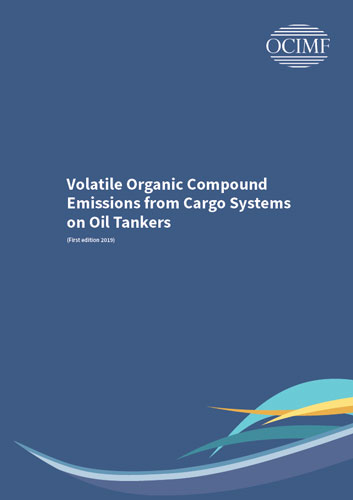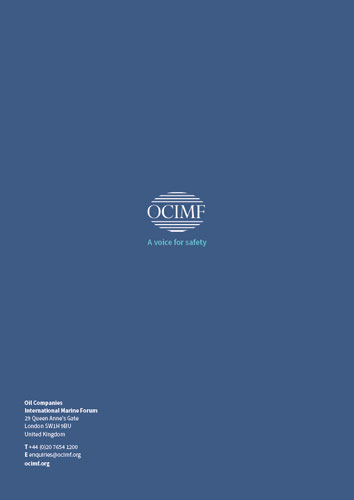Volatile Organic Compound Emissions from Cargo Systems on Oil Tankers/Выбросы летучих органических соединений из грузовых систем на нефтяных танкерах
Книга на английском языке
Volatile Organic Compounds (VOCs) are any organic compounds that have an initial boiling point less than or equal to 250°C (482°F) when measured at a standard atmospheric pressure of101.3 kPa. VOCs are a mixture of light end hydrocarbons (such as methane, ethane, propane or butane) that evaporate within the range of normal atmospheric conditions. VOCs are generated when cargo flashes in the piping system from the source to the cargo tanks, and from evaporation from the oil surface inside the cargo oil tanks during and after loading. During loading of crude oil tankers and the subsequent vessel transit, VOCs may be released to the atmosphere together with the inert gas.
This information paper presents the technologies and methods that are currently available for controlling or treating VOC emissions from oil tanker loading and during vessel transit.
Contents
Glossary
Abbreviations
Bibliography
1 Introduction
2 Regulations
3 VOC generating mechanisms
4 Environmental impact of VOC emissions
5 Light end product losses: minimising VOC emissions
6 VOC emission control methods, systems and procedures
6.1 Reduced volatility
6.2 Vapour balancing
6.3 Thermal oxidation
6.4 Absorption
6.5 Adsorption
6.6 Membrane separation
6.7 Cryogenic condensation
6.8 Cargo Pipeline Partial Pressure Control
6.9 Sequential Transfer of Tank Atmosphere
6.10 VOCON procedure
7 Operational procedures and VOC Management Plan
8 Ship to facility interface
9 Performance expectations
10 Measurement and verification of VOC system effectiveness
11 Safety concerns
12 Training
13 Considerations
13.1 Design and installation
13.2 Redundancy of systems and equipment
13.3 Electrical loads
13.4 Materials




